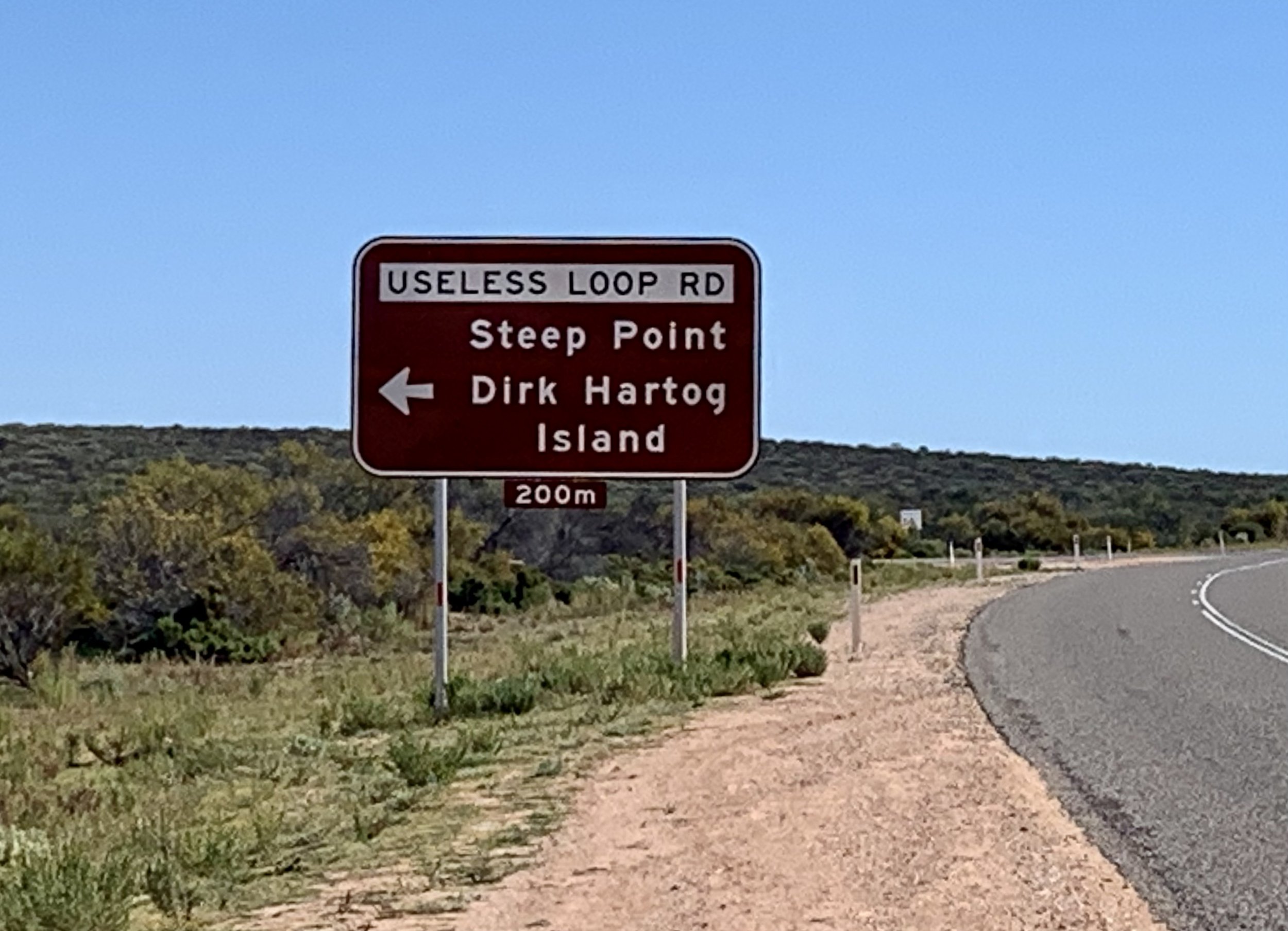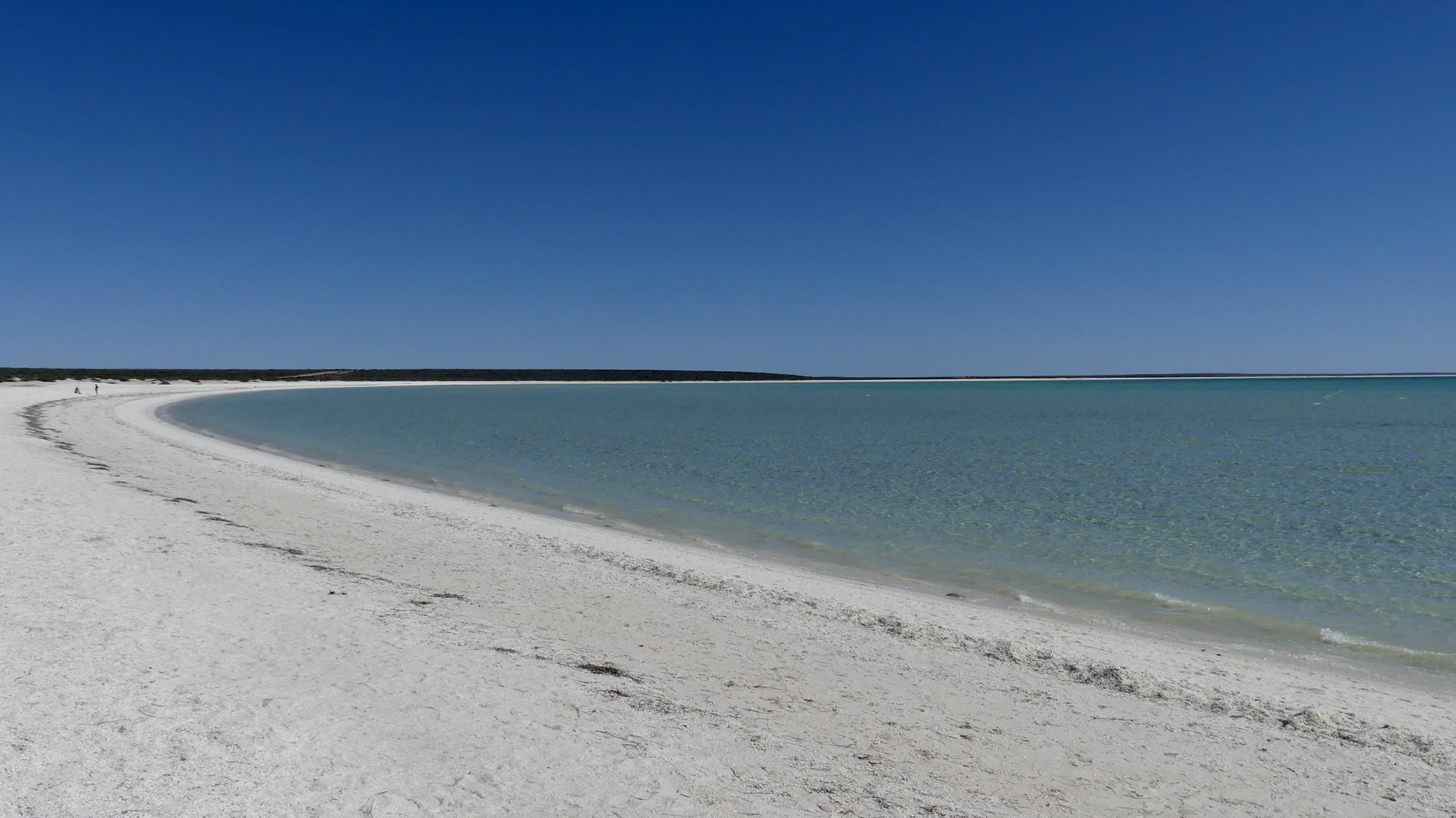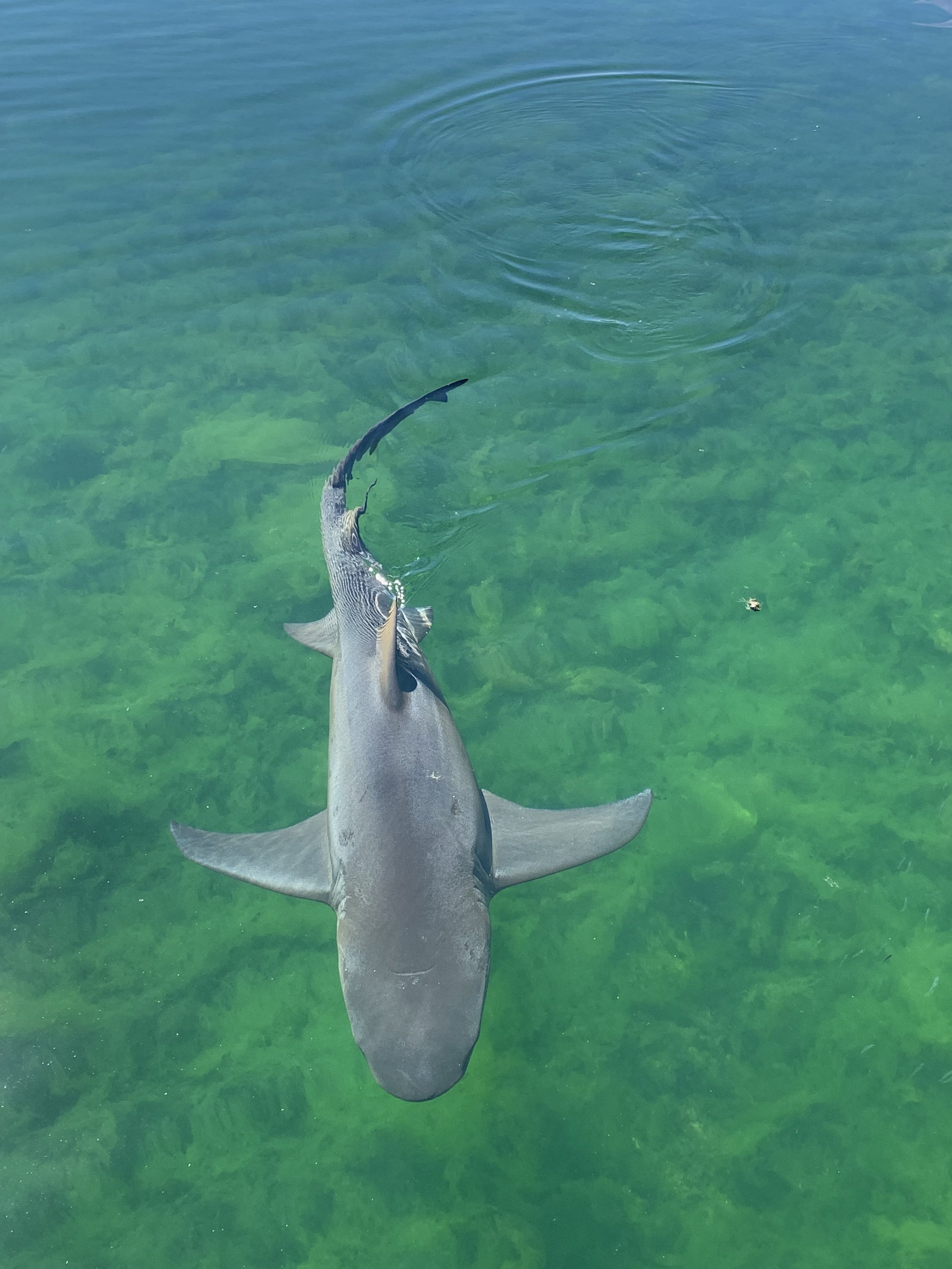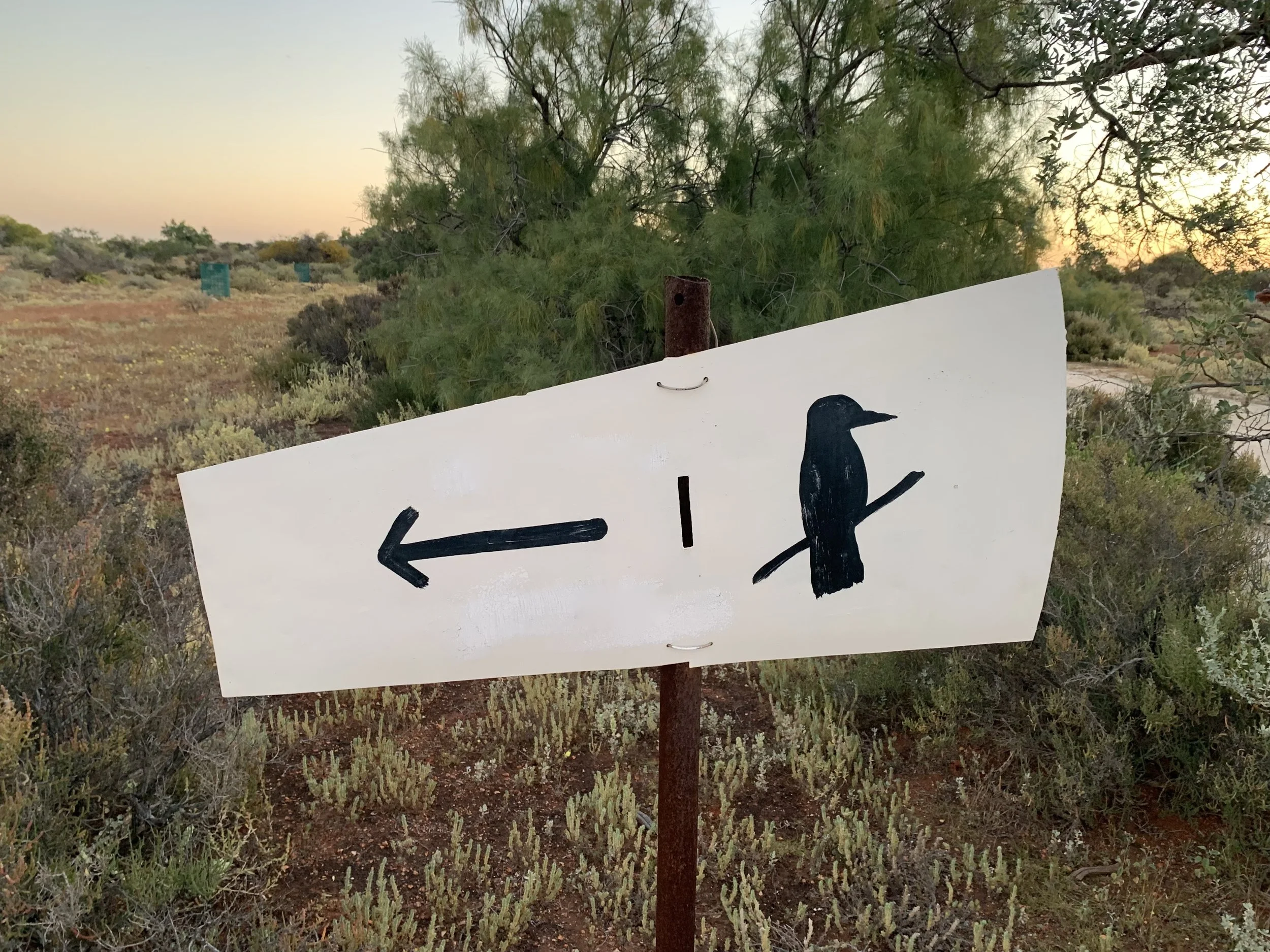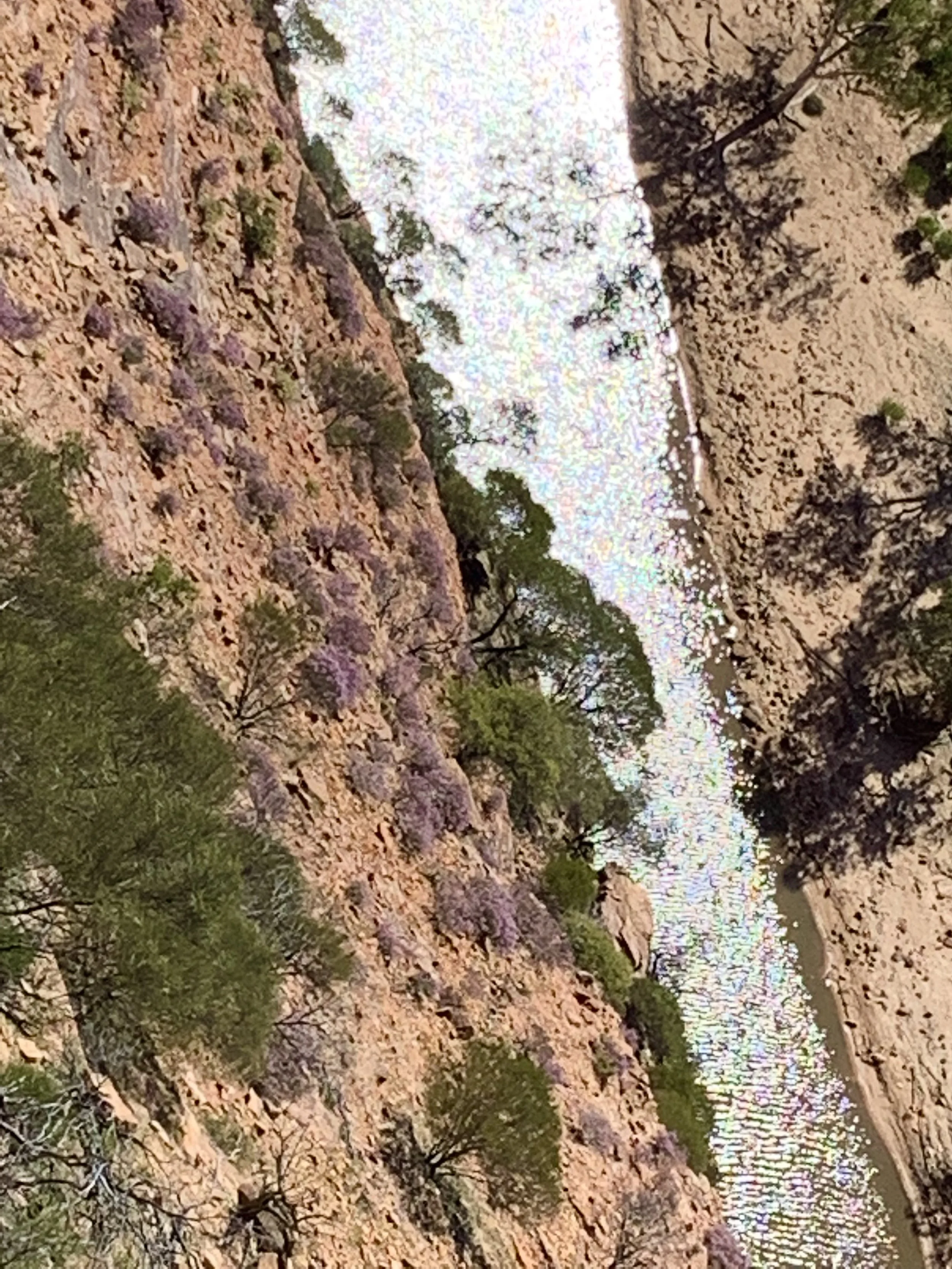Useless Loop
The most westerly point of the Australian mainland* is Steep Point in WA. It may be less well-known than Cape York, the furthest north; Cape Byron, the easternmost; or Wilsons Promontory on the far-south coast of Victoria**.
I’d always intended to visit Steep Point, given a fixation with continental extremities. Unfortunately, however, I cannot describe how steep it is; or surprise you with a pic of an ultra-modern light (house). These things would never have been easy, but circumstances conspired to thwart my desire to detour off Shark Bay Road (to Denham and Monkey Mia) and briefly follow the Useless Loop Road.
First, some geographical context: Useless Loop is not a place as such. You won’t find lists of accommodations online: well, you might, but in reality you’d be staying in Denham, or even Monkey Mia, hundreds of kilometres away. Useless Loop is the location of a salt works, at the end of a godforsaken gravel track.
I had been thwarted before while attempting to reach the unreachable. One of the first examples was in Cornwall. I was so much younger then, in my bolshy teens, and had developed a bit of a thing about finding Nancekuke, the site of a hush-hush chemical-weapons plant hidden away on an inaccessible stretch of the north Cornish coast. Not far away, thousands of holiday-makers went about the peak-summer season, completely oblivious of the plant. This was an era when secret establishments were unlikely to get their cover blown by pesky investigative journalists or trouble-making tourists.
Useless Loop is a name well deserving of addition to the ranks of on-the-nose Aussie place names. There was indeed little point to the detour I badly wanted to make: but in the end it wasn’t possible in the time we had available. Neither do I have any photos therefore. Shark Bay is a better-known destination in these parts, but ‘Useless Loop’ is more intriguing – and factually accurate.
There were several interesting destinations over the next week or so. The lie of the land was such that we called into one or two of them briefly, to book and secure accommodation, but then visited properly a bit later. On Day 53, Friday the 13th – entitled ‘Billabong to Shark Bay’ in the diary – we stopped at Hamelin Station to book a shearer’s room for the following week. There was no way we could have booked places at this stage of the Big Trip before we left Victoria: there were too many unknowns. Hamelin Station had always been on the radar, however, because I wanted to stay on a remote Bush Heritage property. We were fortunate to still be able to visit this particular one on a trip truncated time-wise and (literally) plagued by a degree of uncertainty we could never have anticipated at the planning stage.
Plants on fire
We continued on to Shell Beach, stopping on each flank of its pleasing white curve. It is composed of millions and millions of teeny-tiny shells. It was a calming view. If you were a watercolourist attempting to capture this view, you might be concerned that bright sky-blue would not sit comfortably alongside sea-green. That’s where Nature’s palette is very clever, see?
Indo-Pacific Bottlenose Dolphins
At Eagle Bluff near Francois Peron National Park, there was a short boardwalk out over some clear shallow water. We saw three smallish sharks but little other wildlife. My friend had a theory that most wildlife had ‘gone’. I recall not feeling mentally strong enough to engage with this theory. I mean, the water was crystal clear, and looked like a lovely place to be – I bet it was warm – so where, and why, would they have gone? Perhaps the smallish sharks had eaten for their lives.
There were real-McCoy sharks – big ones, that is – in Ocean Park Aquarium at Monkey Mia. I’m not a great fan of animals in confined spaces or big ‘fish’ in small tanks. I would never have seen these creatures otherwise, of course, but I would have gladly passed up the opportunity in order to secure their freedom. They’re Sicklefin Lemon Sharks, between 2.5 and 3 metres in length. They moved constantly, and with purpose, as sharks do.
The super-salty watery habitats in the UNESCO World Heritage Site of Shark Bay (see map below) result from three things. The region’s hot dry climate drives a high degree of evaporation of seawater from what are extremely shallow inlets; low rainfall means there is little dilution of seawater by fresh water; and sand and seagrass banks restrict tides from flushing salty water further out and into the Indian Ocean.
Fragum Cockles love the Bay because they don’t have a problem with the hypersalinity, which most animals do. Cockles are usually filter feeders, meaning they siphon water from which they extract tiny plankton and nutrients they need. The water here is not particularly rich in plankton, but the cockles co-habit with single-celled algae that photosynthesise in the shallow sunlit water, supplementing the cockles’ limited diet. Nature is incredibly clever, don’t you think?
World-renowned biologist and Pulitzer Prize winner Edward O Wilson recommended that we ‘Look closely at nature. Every species is a masterpiece, exquisitely adapted to the particular environment in which it has survived’. (He then asked a crucial question: ‘Who are we to destroy or even diminish biodiversity?’ What do you reckon?)
His words were relevant in every niche and nook along our way across Australia. There was always something of interest to see, even in the driest sandy desert or most desolate treeless plain. The easier it gets to spot things means that ultimately you are likely to notice more.
*Tasmania is its own little world
**To walk to South Point on Wilsons Prom, start from Telegraph Saddle car park. This challenging 15.7-km (one way) hike takes roughly 7.5 hours. There are no facilities and you will need to camp overnight


